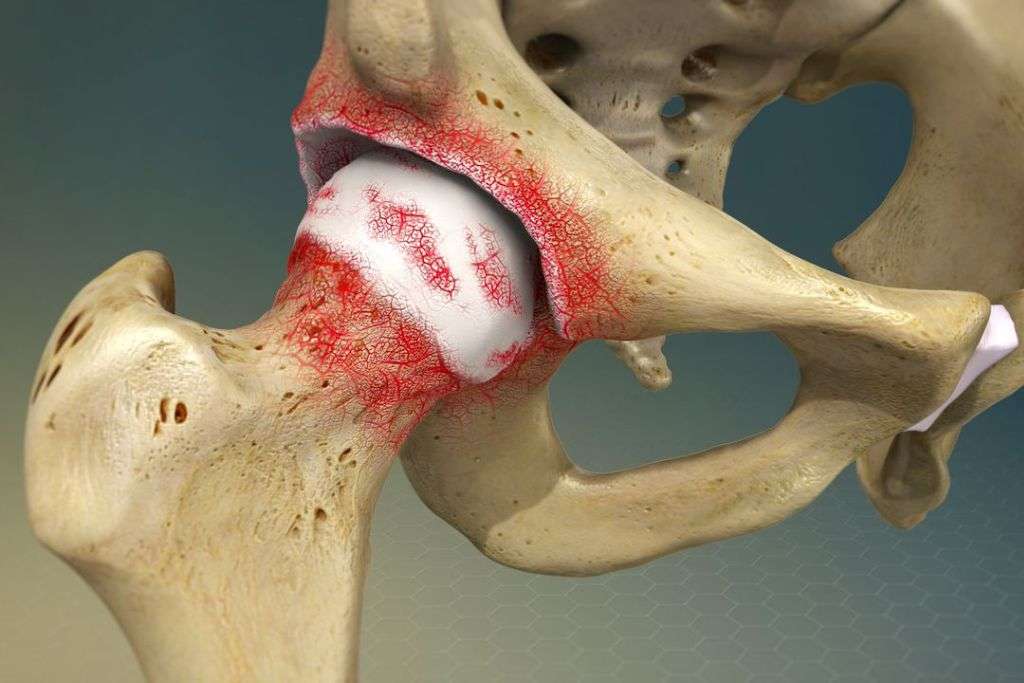
Hip arthritis is a degenerative joint condition characterized by the inflammation and wearing down of the hip joint’s cartilage. This progressive disorder significantly impacts joint function, leading to pain and stiffness. Understanding the causes, symptoms, and available treatments is crucial for effective management.
Causes:
Osteoarthritis: The most common cause of hip arthritis is osteoarthritis, a degenerative joint disease that results from the gradual breakdown of cartilage over time. Aging, genetic factors, and joint overuse contribute to osteoarthritis development.
Rheumatoid Arthritis: Inflammatory arthritis, such as rheumatoid arthritis, can also affect the hip joint. This autoimmune condition causes the body’s immune system to mistakenly attack the synovium, leading to joint inflammation and damage.
Post-Traumatic Arthritis: Hip arthritis may develop after a severe hip injury or fracture, altering the joint’s mechanics and accelerating cartilage wear.
Ankylosing Spondylitis: This inflammatory arthritis primarily affects the spine but can also involve the hip joint, leading to arthritis.
Symptoms:
Pain: Persistent pain in the hip joint, often felt in the groin, thigh, or buttock, is a hallmark symptom. The pain may worsen with activity and limit movement.
Stiffness: Reduced flexibility and stiffness, especially after periods of inactivity, are common. Morning stiffness that improves with movement is a characteristic feature.
Reduced Range of Motion: Individuals with hip arthritis may experience difficulty in performing everyday activities, such as walking, bending, or getting in and out of chairs.
Joint Instability: Weakening of the hip joint’s supporting structures can result in a sense of instability or a feeling that the hip may “give way.”
Swelling: Inflammation of the hip joint can lead to swelling and tenderness.
Grating Sensation: As the cartilage wears down, the remaining surfaces may rub together, causing a grating or grinding sensation known as crepitus.
Treatment:
Conservative Management: Initial approaches include lifestyle modifications, physical therapy, and pain management to improve joint function and reduce discomfort.
Medications: Nonsteroidal anti-inflammatory drugs (NSAIDs), analgesics, and disease-modifying antirheumatic drugs (DMARDs) may be prescribed to manage pain and inflammation.
Joint Injections: Corticosteroid or hyaluronic acid injections can provide relief by reducing inflammation and lubricating the joint.
Physical Therapy: Targeted exercises can improve hip strength, flexibility, and function.
Weight Management: Maintaining a healthy weight is essential, as excess weight can exacerbate hip arthritis symptoms.
Surgical Interventions: In advanced cases, surgical options such as hip replacement surgery may be considered to replace the damaged joint with an artificial implant.

